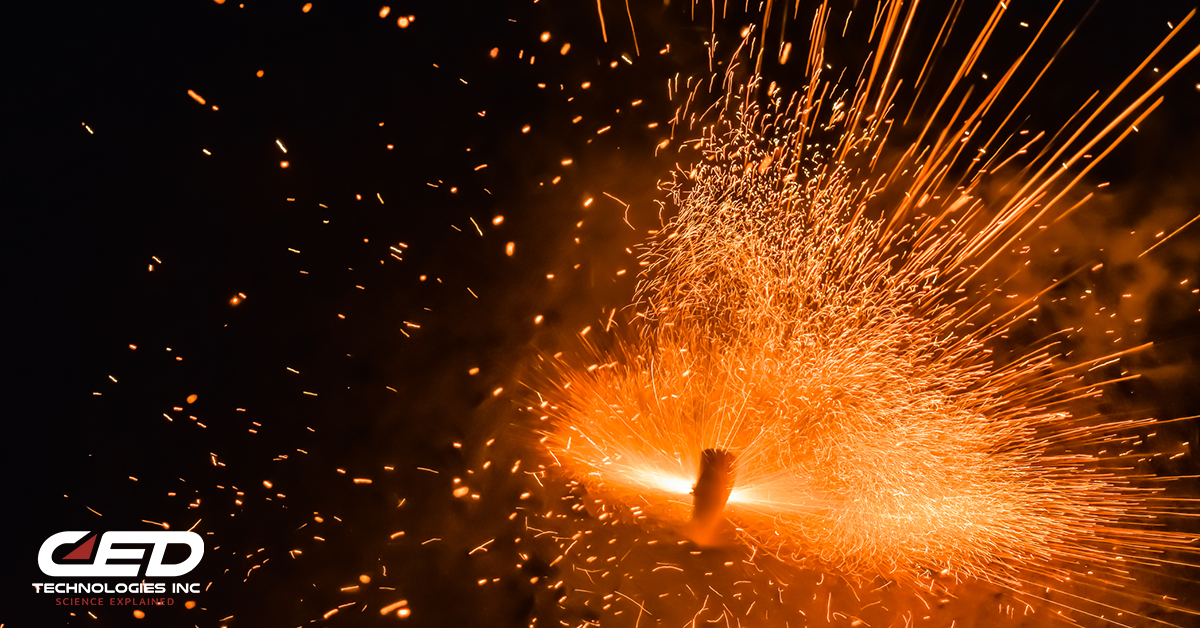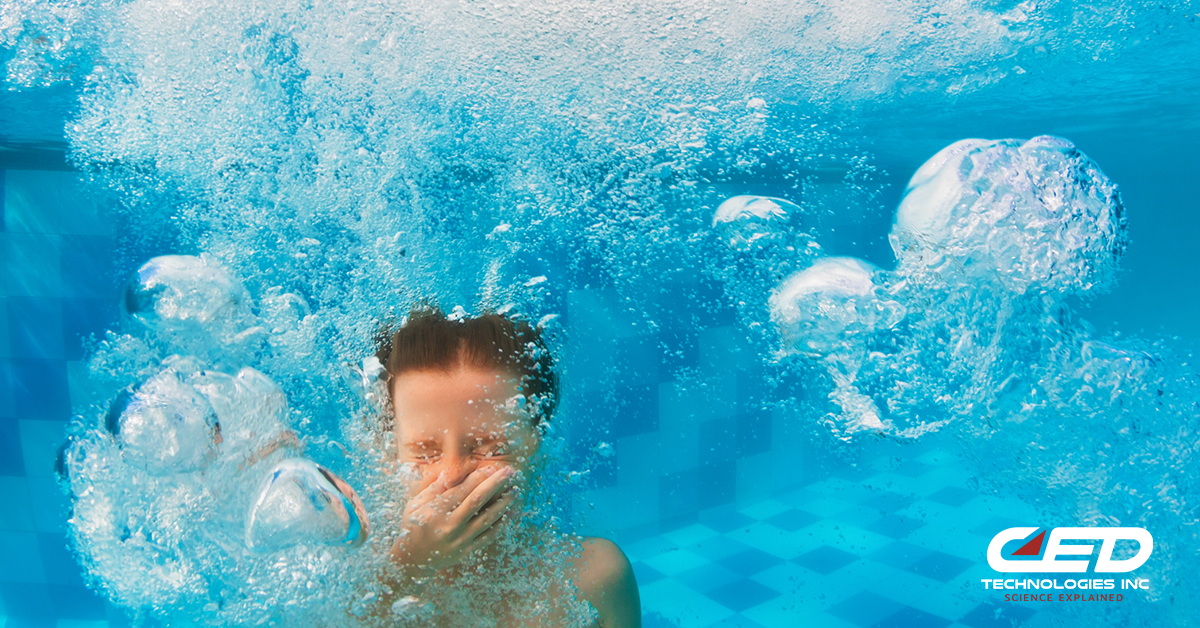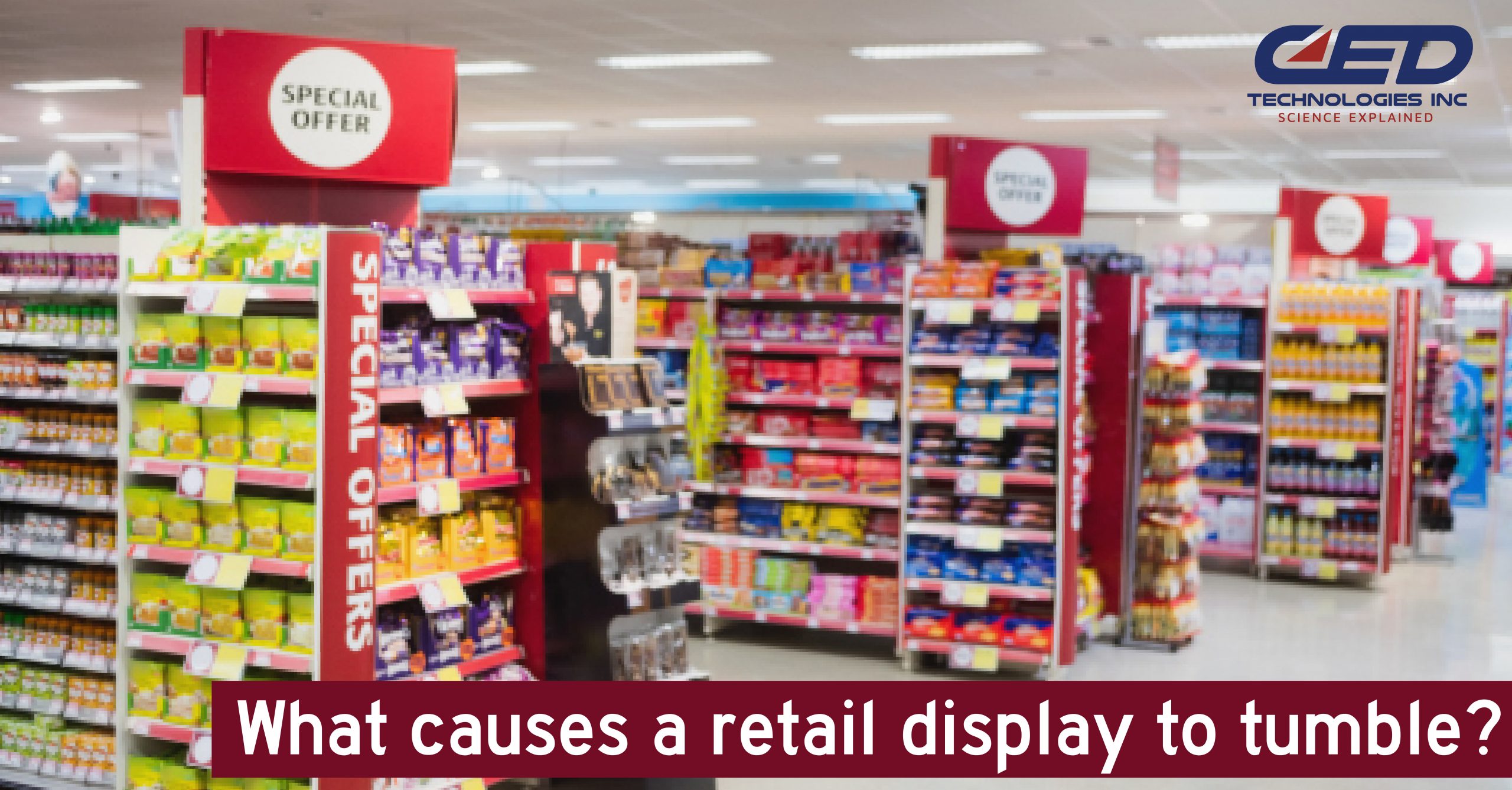There is one summer celebration everyone looks forward to – Fourth of July. One of the most appealing aspects of celebrating the fourth is enjoying the hometown fireworks displays that celebrate American independence. With the current social distancing guidelines discouraging large groups, and many towns canceling celebration events, the likelihood of home displays this year is increasing. However, the thrill of lighting fireworks for personal entertainment can quickly turn the “oohs” and “ahhs” to shouts of pain and trips to the emergency room.
The American Pyrotechnics Association (APA) states that consumer purchases of fireworks – the type that can be sold without a license – reached $945 million last year. Conversely, display fireworks – the type used in display shows, under the supervision of a trained pyrotechnician – hit $360 million in sales.
Regardless of the amount of fireworks sold, the injury levels have stayed the same over the past few decades. The CPSC (Consumer Product Safety Commission) statistics show that an average of 180 people go the emergency room every day with fireworks-related injuries from mid-June to mid-July. In 2018, hospital emergency departments treated an estimated 9,100 injuries that involved fireworks, with 5,600 of those falling between the period of June 22nd to July 22nd. In 2009, the number of injuries was 8,800.
Firecrackers were involved in the majority of injuries. The CSPC stats revealed that:
- Approximately 1,000 injuries resulted from firecrackers, 500 from sparklers, 400 from Roman candles, and 200 from bottle rockets.
- The body parts most injured were hands and fingers at 28%. Legs were at 24%, eyes were 19%, and head, face and ear injuries made up 15%.
- Half of those treated for fireworks-related injuries were people younger than 20 years old, with 64% of the total injuries happening to men.
The CSPC shares these recommendations to keep everyone safe:
- Do not allow young children to play with fireworks. Sparklers, a firework often considered by many to be the ideal “safe” device for the young, burn at very high temperatures and should be not be handled by young children.
- Set off fireworks outdoors in a clear area, away from houses, dry leaves, or grass and other flammable materials.
- Keep a bucket of water nearby for emergencies and for pouring on fireworks that fail to ignite or explode.
- Do not try to relight or handle malfunctioning fireworks. Soak them with water and throw them away
- Be sure other people are out of range before lighting fireworks.
- Never light fireworks in a container, especially a glass or metal container.
- Keep unused fireworks away from firing areas.
- Store fireworks in a cool, dry place.
- Check instructions for special storage directions.
- Observe local laws.
- Never have any portion of your body directly over a firework while lighting.
- Do not experiment with homemade fireworks.
Fireworks can still be enjoyed this year with the right safety precautions in mind. Follow the steps above and never hesitate to call 911 in the case of an emergency. Don’t let your holiday barbecue end in the emergency room.
Click Here To See Our Full List of Experts Click Here To Submit an Inquiry about a possible Claim or Case.






